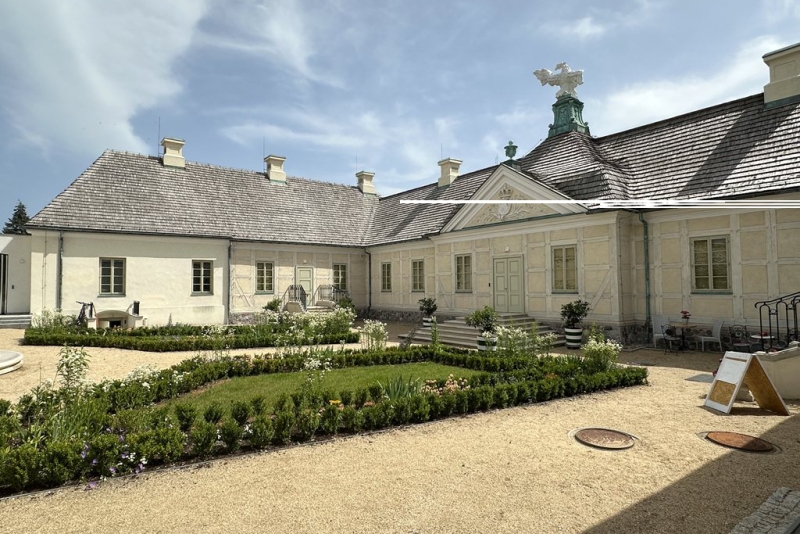Lodzkie for history lovers
If you like history and appreciate learning about the past while sightseeing, our suggestions will be perfect for you! Take an advantage and you won't feel disappointed – Lodzkie region is a real treasure trove of historical gems.
In Łódź the “must see” is the renovated Piotrkowska Street – the main street breeding ground for restaurants, bars, pubs and other eating and entertainment venues where everyone will find something they like best. Just as Manufaktura, an entertainment, shopping, and cultural centre housed in renovated premises of one of the biggest factories in Lodz. In turn, in the palace adjacent to the factory, there is the Museum of the City of Lodz (Poznanski Palace), a perfect place to learn about history of the city and at the same time a palace residence with beautiful interiors.
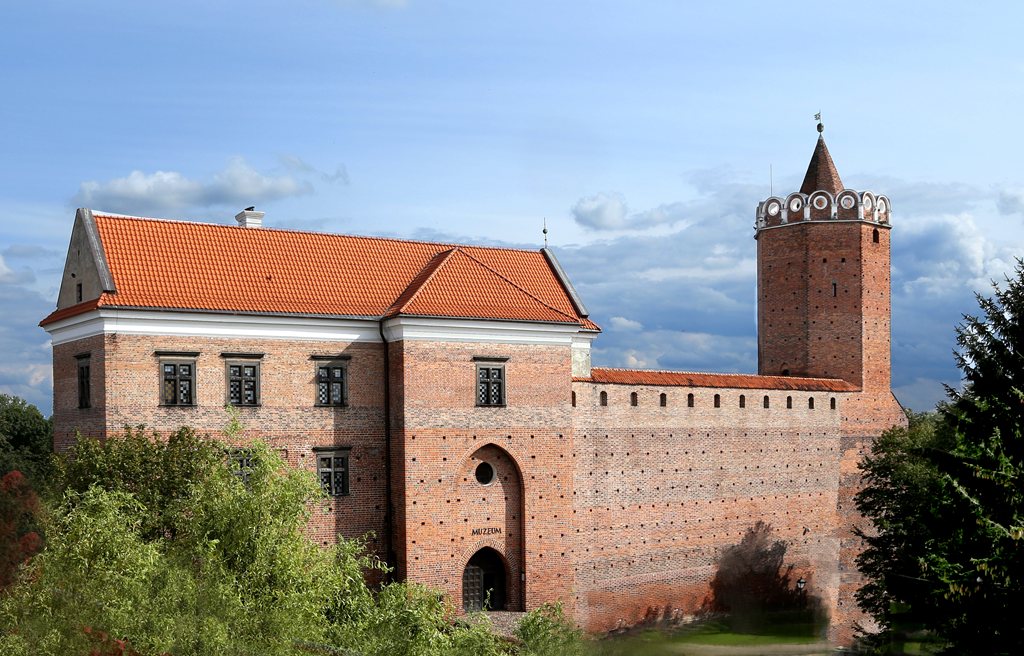
The list of attraction in Lodz was few years ago extended by the oldest municipal power plant, today Science and Technology Center EC1, a planetarium, the National Centre for Film Culture and the Comic and Interactive Narrative Center. In the end, there is yet another exceptional place to visit – the Jewish cemetery at Bracka Street. It is another site demonstrating the power of the 19th century Lodz.
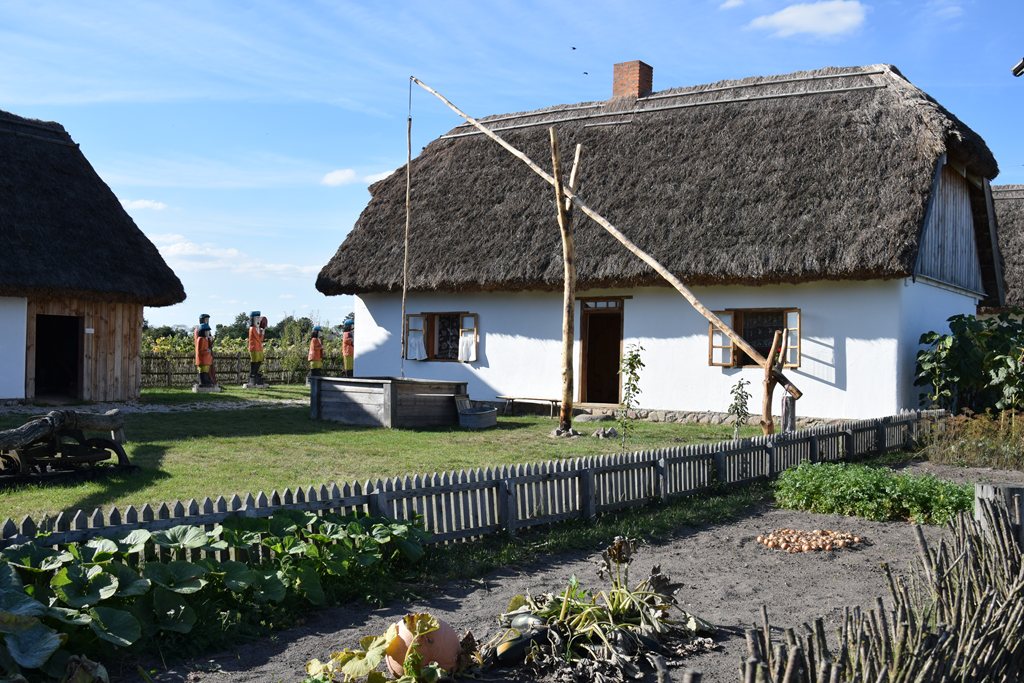
The Saxon Palace Museum in Kutno, built by order of Frederick Augustus III, is the most valuable and oldest monument of European significance in the city. In 2023, won an award in
a competition entitled “Modernisation of the Year & Construction of the 21st Century”, where it took third place overall and first place in the historic structures category. Today, it is the home of a modern museum. Its uniqueness is evidenced by the fact that it is the only secular monument preserved, from the times of the Polish-Saxon Union. In addition, the building is a combination of wooden architecture with features of a palace residence, combined with the function of a postal inn, built in the style of the so-called Dresden Baroque, which makes it unique in the country. The museum complex was awarded the title “Tourist Discovery of the Year 2024” in the competition for the “Best Tourist Product of the Lodzkie Region”.
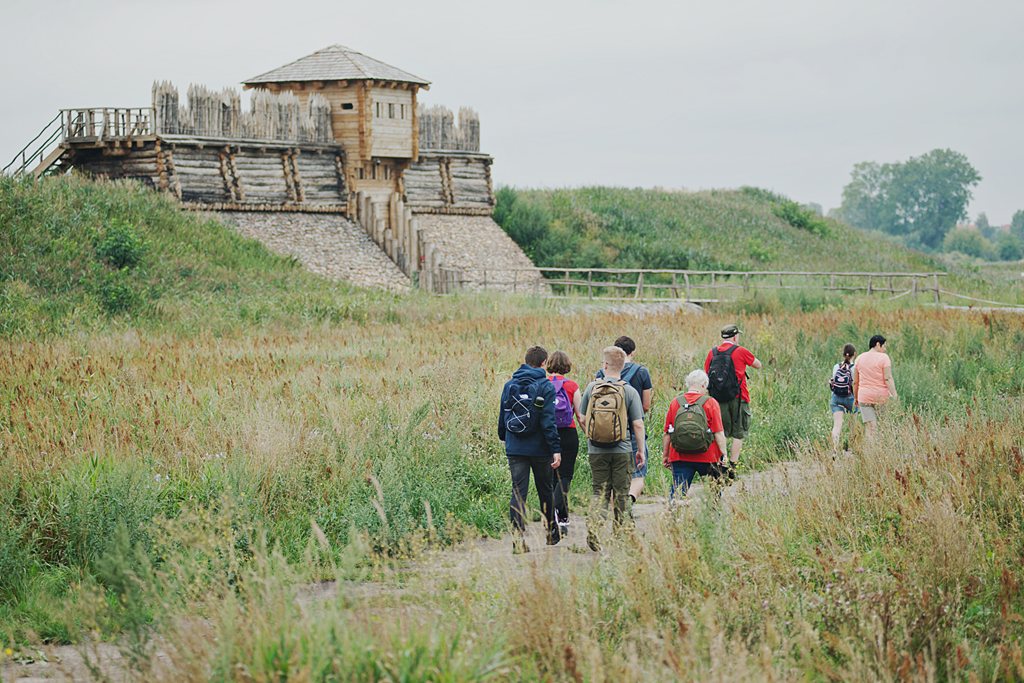
The mosaic of tourist assets of the Lodzkie region is magnificently complemented by castles, both those that have been preserved in all their splendour and those whose ruins are picturesquely incorporated into the landscape. Within the present boundaries of the region, over the centuries, there have been approx. 30 of such buildings. We particularly recommend visiting the Gothic Royal Castle in Łęczyca, built on the initiative of Casimir the Great, where the Museum in Łęczyca is now located. Among the exhibitions, there is a rich display showing the history of the castle, the Łęczyca land and the local folklore. It is here that you can admire the largest collection of sculptures in Poland depicting the devil Boruta — the legendary ruler of the castle. Every year at the end of August, the castle courtyard “comes alive”, becoming the setting for one of the largest knightly tournaments in the country. While in the vicinity of Łęczyca, you should visit the open-air ethnographic museum “Łęczycka Zagroda Chłopska” (“Łęczyca Farmstead”) in Kwiatkówek, which, together with the fortified settlement in Tum, was awarded a distinction in the competition for the “Best Tourist Product — Polish Tourist Organisation Certificate”. Both sites are valuable links between the Middle Ages and modern times.
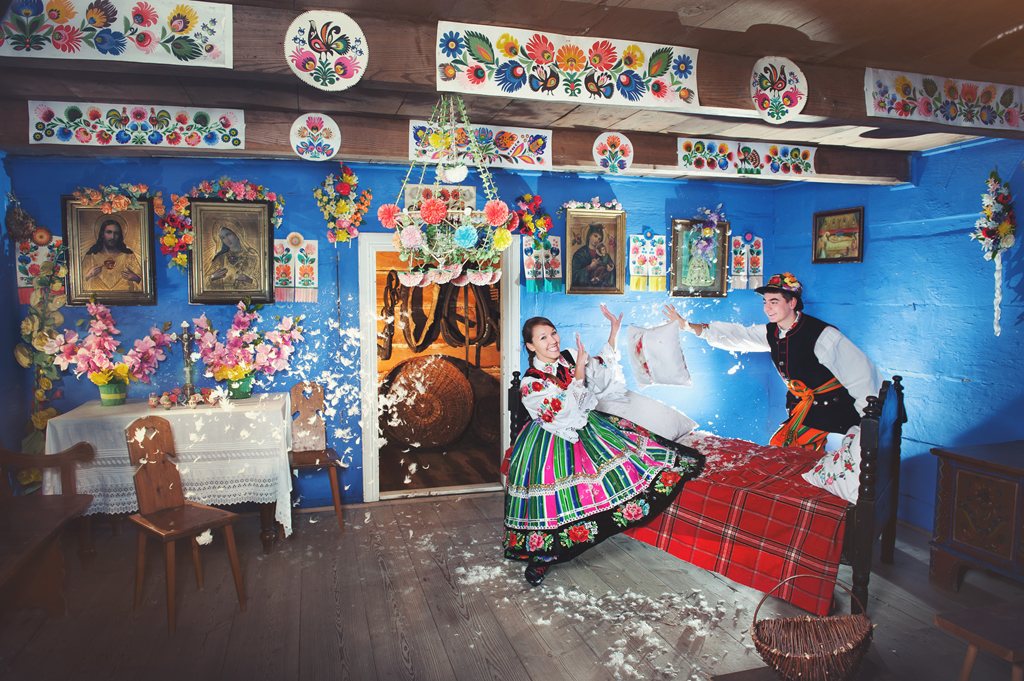
Our region boasts an exceptionally colourful folklore. Folklore ensembles and singing bands are thriving here. You can also admire the still-alive traditions of weaving, embroidery and paper-cutting. Łowicz is famous for its paper cut-outs, which can be seen in the local museum. In Lipce Reymontowskie, tourists like to attend a traditional village wedding from the 19th century, described by Władysław Reymont. It is also worth visiting Spycimierz during Corpus Christi when the villagers lay carpets of flowers. In 2021, this 200-year-old tradition was added to the UNESCO world list. Spała hosts the famous Presidential Harvest Festival, and the Antiques and Folk Handicraft Fair is held between April and October.



